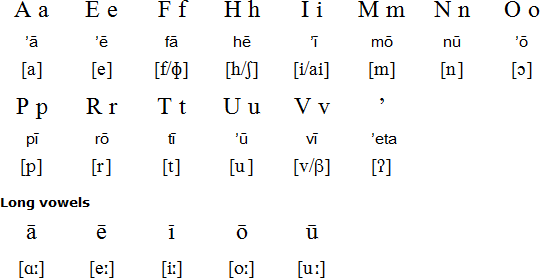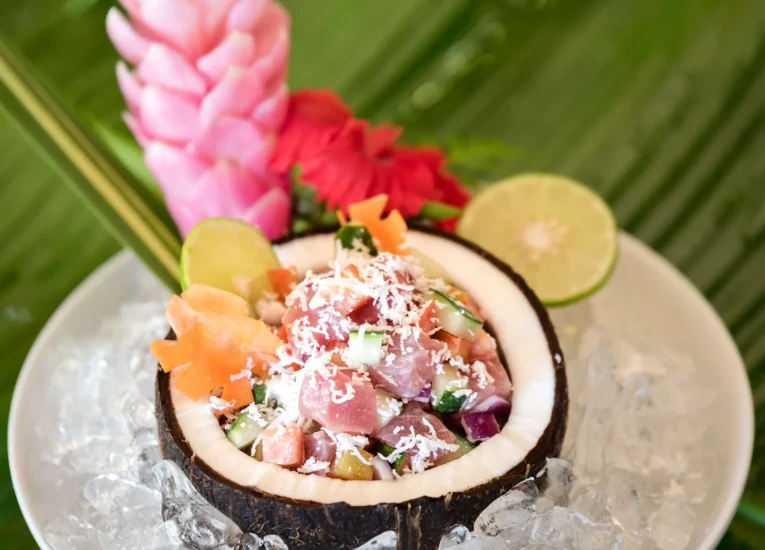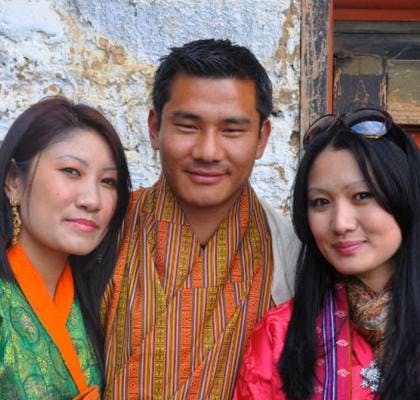10. Constitutional framework
Saint Vincent and the Grenadines is a constitutional monarchy with a parliamentary form of government. The British monarch is the head of state and is represented by an appointed governor-general. A prime minister, the leader of the majority party, is the head of government. The unicameral legislature is the House of Assembly. It is composed of 15 members (called representatives) elected to five-year terms by universal adult suffrage, along with six nonelected members (called senators) who are appointed by the governor-general—four on the advice of the prime minister and two on the advice of the leader of the opposition. Two additional seats in the legislature are designated for the attorney general and the speaker. The number of members of the House of Assembly may vary between 21 and 23, depending on whether the attorney general and the speaker are elected from inside or outside the House.
https://www.britannica.com/place/Saint-Vincent-and-the-Grenadines/Government-and-society
1. About 130 islands
French Polynesia, overseas collectivity of France consisting of five archipelagoes in the south-central Pacific Ocean. Included are some 130 islands scattered across the Pacific between latitudes 7° and 27° S and longitudes 134° and 155° W—a total land area roughly equivalent to that of metropolitan Paris and London combined but spread across a swath of ocean five times as large as France.
The archipelagoes of French Polynesia are the Society Islands, Tuamotu Archipelago, Gambier Islands, Marquesas Islands, and Tubuai Islands. The capital, Papeete, is on Tahiti, French Polynesia’s largest island (403 square miles [1,043 square km]), in the Society group. https://www.britannica.com/place/French-Polynesia
2. Local custom is that both men and women wear natural flowers as a daily complement, either in the form of leafy wreaths of flowers and sprigs or single flowers. Men usually wear an unopened tiare flower on their right side. Women, on the other hand, wear a flower on the left to indicate that they are in a relationship and on the right to announce that they are open to proposals.
3. Marché de Pape'ete (Pape'ete Market)
The sights, sounds and smells of authentic Polynesian life are on offer at Pape'ete’s main market, the Marché de Pape'ete (Pape'ete Market). The indoor market hall is the commercial and social hub of Tahiti’s laid-back capital and the oldest surviving institution on the island.

4. World’s only coral atoll vineyard
The idea to create a winery in French Polynesia started with a wealthy wine enthusiast and French businessman named Dominique Auroy. Since the islands of Tahiti were importing over four million bottles of wine per year, he thought… why not try to produce his own? However, it took several years of extensive research before his idea could come to life.
The first vines were imported from France and Italy in 1992. To determine the ideal location for the vineyard, the grapes were planted throughout each of French Polynesia’s five archipelagos and put through a series of acclimation tests. In the end, the Tuamotu Atolls proved to be the best location; and in 1997, they planted over seven acres of vines on one of the small coral islets in Rangiroa.
The vineyard’s first harvests were in 1999 and 2000. By 2003, the winery was producing 800 bottles per year. Today, the vineyard covers more than eight acres of land and produces over 40,000 bottles per year. Although Dominique’s original vision was to create and distribute the wine locally, Vin de Tahiti is now mostly exported.
The Dominique Auroy Winery is located in the village of Avatoru on Rangiroa. The actual vineyard, known as Domaine Ampélidacées, is situated on a small, separate islet accessible by boat. It’s the only winery in the world where the grapes must be transported by canoe during harvest!
https://blog.tahiti.com/2012/07/20/vin-de-tahiti-french-polynesias-only-wine-label/

5. Poulet Fafa
This authentic Polynesian dish is cooked in a traditional ahima’a oven or pit barbeque. The main ingredient is chicken, a protein source used in many French Polynesian dishes. The chicken is browned and combined with onion, garlic, ginger and coconut milk to create a creamy, flavoursome dish, usually accompanied by taro leaves.

6. The Tahitian alphabet is made up only of 13 letters. That includes such as vowels a, e, i, o, u and the consonants f, h, m, n, p, r, t and v. Noticed something missing? Apart from such missing letter like y, w, x or z, there is also no letter b in the alphabet. And that is why the infamous Bora Bora Island is actually pronounced Pora Pora by locals. Translated from Tahitian, that directly means “first-born”, but apparently because of simply human mishearing, early visitors heard it as Bora Bora and therefore named it officially.
9. Robert Wan Pearl Museum
The Robert Wan Pearl Museum is the world's only museum dedicated to pearls. It is in Papeete, Tahiti, the capital of French Polynesia. The Pearl Museum recounts the history of the pearl throughout the world, the fascination it aroused in important persons, the legends, the habits, and the technical sides of perliculture. Robert Wan's private collection is on exhibit, featuring the largest Tahitian pearl in the world. https://en.wikipedia.org/wiki/Robert_Wan_Pearl_Museum

10. Raw fish with coconut milk (i’a ota ha’ari)
Fresh raw fish marinated in coconut milk, given a slight tang with a zest of lime juice, is the preferred dish of most Polynesians and considered to be the national dish of Tahiti.
Poisson cru au lait de coco is served in nearly every restaurant, no matter what else is on the menu. A deliciously refreshing starter, main course or snack any time of the day!

Gross National Happiness Index
While othe country measure their country with GDP (Gross Domestic Product), Bhutan measures its progress based on a unique concept called Gross National Happiness (GNH). GNH focuses on holistic well-being, including factors such as sustainable development, cultural preservation, and good governance.

2. Thimpu
Thimpu is one of just two capital cities in Asia that does not have a single traffic light. (The other is Pyongyang, North Korea.) There was such public outcry when local officials installed a single signal that it was quickly removed, and a traffic officer was re-assigned to the intersection.








